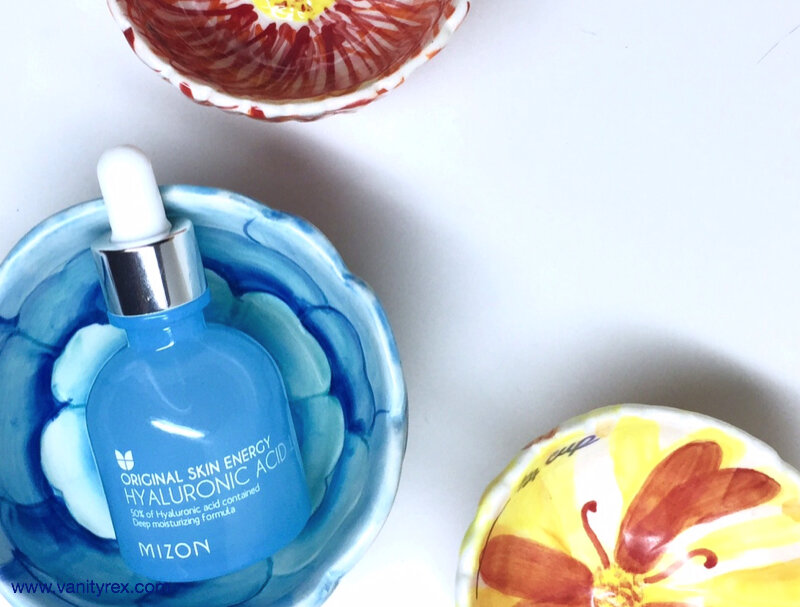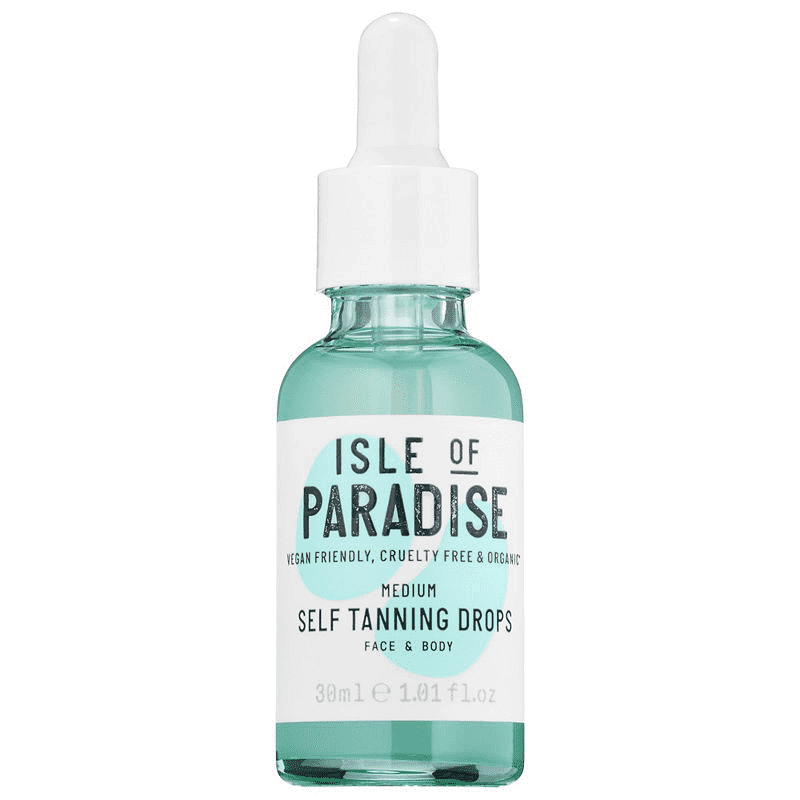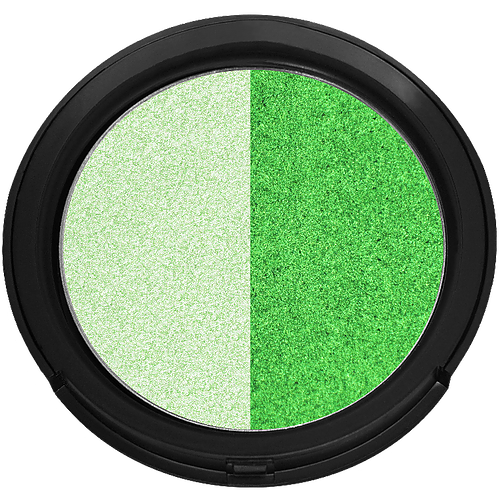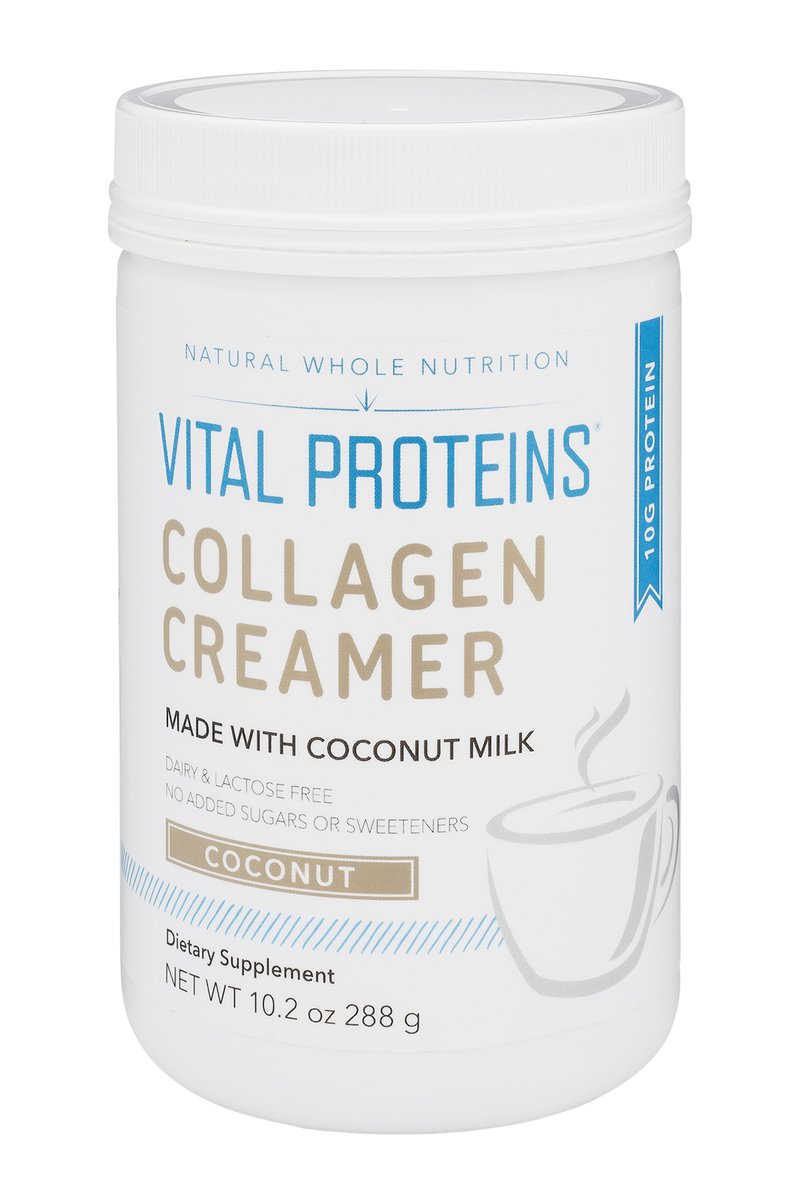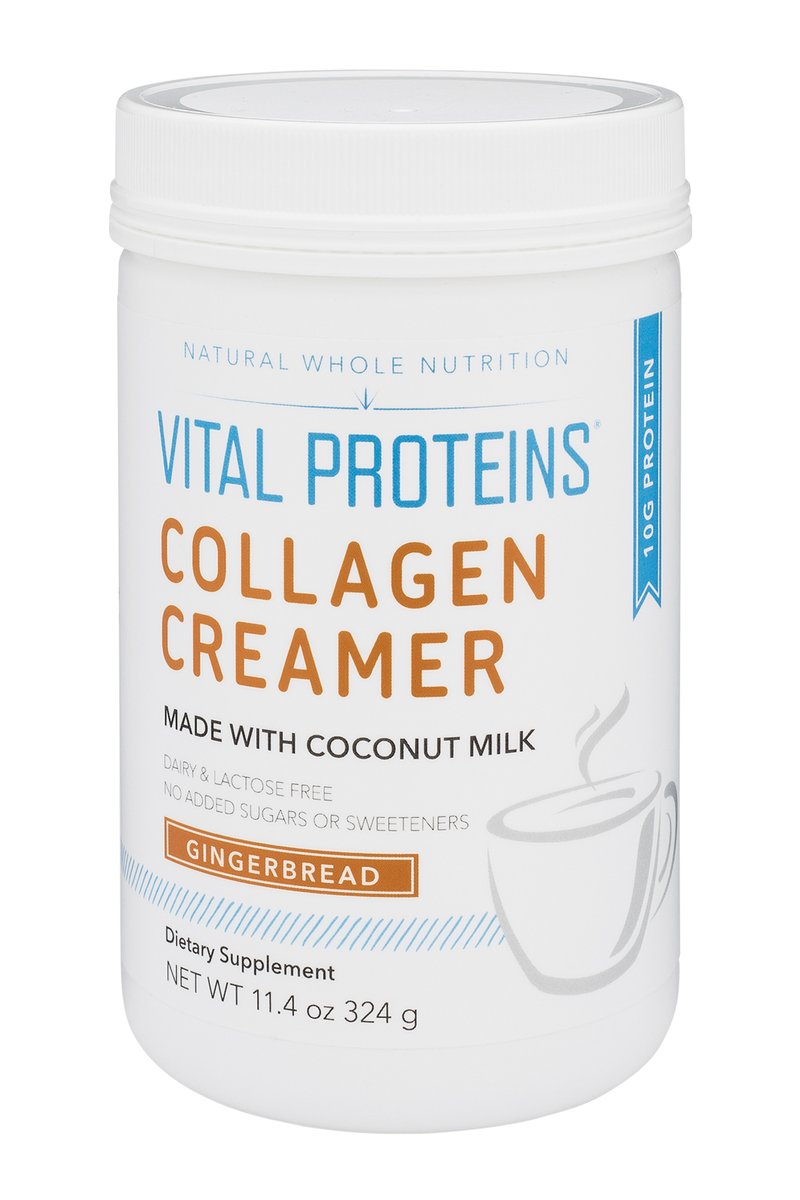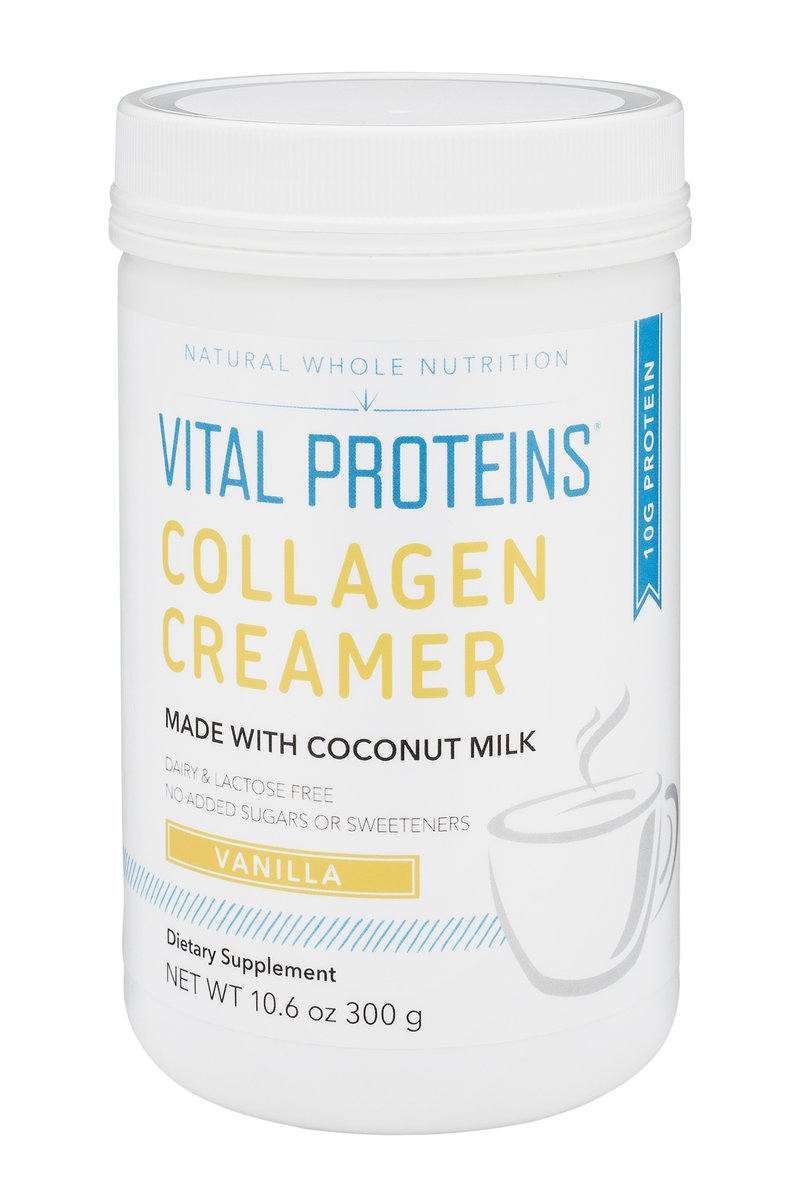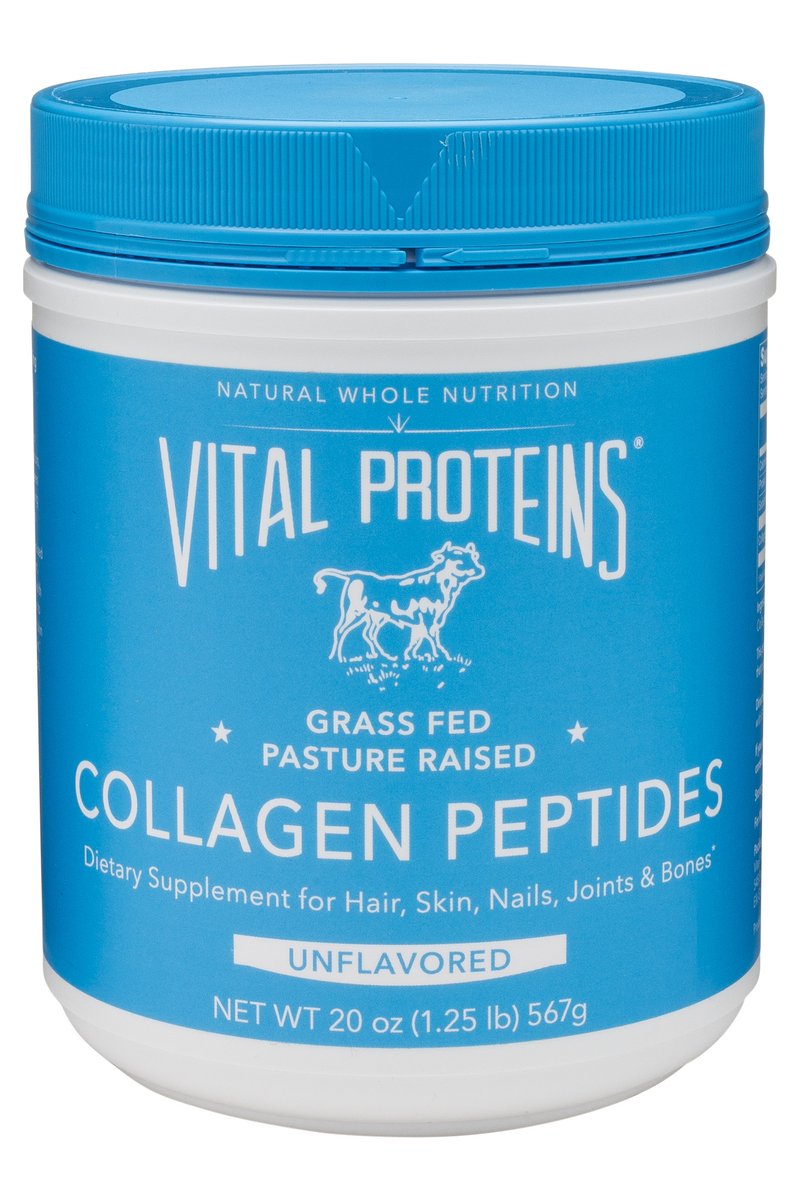As technological advancements democratize industries such as beauty and wellness, we have witnessed an inundation of indie DTC brands brushing upon a variety of women’s needs, all with similar offerings. As a result, the femtech space has faced claims of being overly saturated. The sexual wellness category has received such criticisms. However, it’s hard to deny the potential for the future of this female-targeted industry that piqued during ‘quarantine’ and continues to revolutionize women’s health.
The fact of the matter is, we know so little about women's bodies. Most of the educational resources focus on fertility science, and, as such, sexual wellness companies working on anything more than luxury sex toys and organic feminine products tend to target aspiring mothers. Companies like Oova and Kegg have developed highly advanced fertility tracking devices that rely on daily tests of urine samples and cervical fluids (respectively) taken at-home on the user’s devices. However, the current technology has ushered in a new form of birth control: the fertility-awareness-method (FAM), which consists of tracking one’s fertility levels to inform decisions about sexual activity. Natural Cycles, an FDA approved hormone-free birth control, uses daily tests of basal body temperature to track fertility, and it’s said to be 93% effective with typical use (99% with perfect use, but who are we kidding). While the majority of fertility tracking devices were developed as methods for family planning, the scientific discoveries behind fertility tracking, and women’s health in general, are highly exciting, and I refuse to believe that women looking to get pregnant are the only ones who would like to know what's going on in their bodies.
Image via
As far as popular sexual wellness companies go, there are too many to count, and they all largely gravitate towards two product categories: vaginal health and sex essentials. Shoppers today have no problem finding the right vibrator, condoms, lubricants, and even more hygienic products such as wipes and women’s supplements. While I’m not here to recommend products, it is worth mentioning that the increasing competition amongst sexual wellness brands is fueling even more creativity within the industry. Take the indie brand We Are Nakey, whose single product, the Muff Masque, is a sheet mask for ‘down there.’ Described as a sheet mask for your vulva, this product is certainly a clever take on this popular self-care trend. This all goes to say that whatever sex product you want, it likely exists.
Image via
Despite the rising popularity of sexual wellness, the industry struggles to overcome the taboo that is talking about sex. A large obstacle for sexual wellness brands has been ad restrictions. Brands selling products of a sexual nature face real barriers as they rely on guess-work to determine whether or not their ads will be approved. In response to these frustrating restrictions, sexual wellness brands Unbound and Dame Products recently launched an interactive website that presents users with examples of ads that were and were not approved, demonstrating the arbitrarity of the process. However, ad restrictions are not the only area in which sex stigma poses a threat to the industry. Most companies within this category allocate a lot of resources towards increasing awareness about sexual wellness and education. In a failed attempt to destigmatize the category, some companies have taken the luxury approach, setting higher price points and partnering with luxury retailers in order to brand their products as luxurious as opposed to taboo. However, indie brands have critiqued this approach, pointing out that it does not facilitate any larger efforts to destigmatize sexual wellness. At the end of the day, the fate of sexual wellness lies less in the hands of society’s comfortability with discussions of sex and more in the hands of innovation. While sex toys are well on their way to taking their place as an acceptable bedside staple, it’s up to research and technology to catapult this category into the mainstream.
Image via
The convergence of sexual wellness into the larger wellness industry is revving up excitement for the future of women’s health. For example, I am specifically fascinated by the start-up skincare company, Veracity, which aims to tackle the largely ignored mystery driver of skin health: hormones. The company has developed a hormone testing kit that informs customers about their personal hormone levels, as well as other biofactors related to skin health like pH, cortisol, and DHEA, and recommends skin care products, dietary strategies, and lifestyle choices that fit your needs. It is becoming more and more clear that there is no one-size-fits-all model for women’s health. Research that gravitates towards customization and personal biological drivers continues to redefine the wellness industry. While Veracity doesn’t serve as a holistic bridge between sexual education and wellness, their incorporation of hormonal science into a field that largely ignored it is pretty disruptive.
Image via
While sexual wellness has been trendy for quite a moment, the work of science, along with some incredible leading women, is aiming to make it routine. It’s no secret that we have a lot of ground to cover as we educate ourselves on the biology of womens’ bodies. Whether you interpret this message as a friendly reminder to book a check-up with an OBGYN or an introduction to a new form of sexual wellness, keep an eye out for this rapidly evolving industry; there’s always something to learn.
Featured image via







